
Cambodian arts festival celebrates music, dance and performance as scene thrives once again
- Performing artists young and old will join forces over 10 days in November at Arts4Peace, the largest celebration of Cambodia’s arts in 40 years
- The festival marks four decades since the ousting of the Khmer Rouge, which all but wiped out the country’s cultural scene during its four-year reign
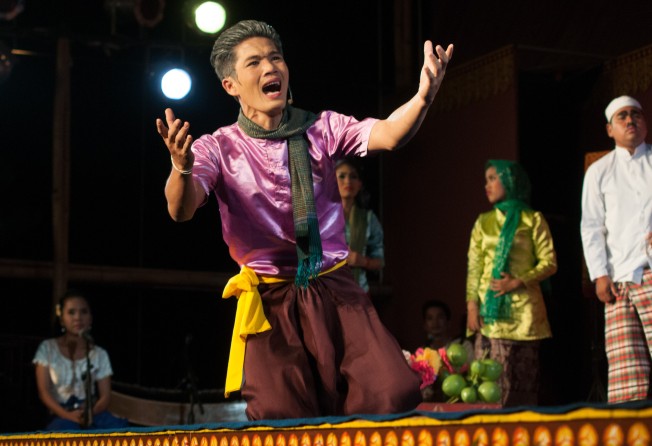
Arn Chorn-Pond says he can still smell the blood from all those years ago.
“Watching my little brother and sister die slowly; that’s still here with me,” says the founder of Cambodian Living Arts (CLA), an organisation established to preserve endangered art forms and rituals that has since grown to offer scholarships, support troupes and promote creativity in Cambodia’s arts sector.
Born into a family of artists, Chorn-Pond was nine years old when he was taken from his parents by Khmer Rouge soldiers and sent to a children’s labour camp in 1975. His abduction was part of a purge instigated by the Pol Pot regime that targeted swathes of Cambodian society, including intellectuals, artists and creatives. An estimated 90 per cent of Cambodian artists and performers were killed during the time the regime ruled the country between 1975 and 1979.
Despite this, it was music that saved the young boy from execution.
At the labour camp, Chorn-Pond met a skilled musician who taught him how to play the traditional Cambodian flute. He went on to play propaganda music for Khmer Rouge soldiers – a move, he says, that saw his life spared, unlike many other children in the camp.
At the age of 14 he was forced to fight on the frontline, defending Cambodia against the Vietnamese forces who would drive out the Khmer Rouge in 1979. Afterwards, he fled to a refugee camp on the Thai border. There he met American clergyman Peter Pond, was adopted and given a new life in the United States.


In the 1990s, he returned to his homeland determined to help rebuild his country and rekindle the once thriving arts scene that the Khmer Rouge had all but destroyed. As Cambodian traditional arts had commonly been passed down orally from master to student, they were on the brink of being lost forever.
In 1998, CLA was born and Chorn-Pond and others set about scouring the country for the few remaining “master artists” – skilled musicians and performers from the time before the Khmer Rouge reign – who had survived death by hiding their identity. The next decade was spent pairing up the masters with budding students as the huge mission to revive Cambodia’s performing arts got under way.
Over the following 10 years, the group’s reach grew from four master artists to 16, teaching more than 200 students across eight provinces each year. Talented masters passed on their knowledge in various traditional instruments, including the chapey, a long-necked two- or four-stringed guitar, and the memm, a one-stringed violin amplified through the mouth used by indigenous tribes. They also taught the ways of the pinpeat, an orchestra of wind and percussion instruments.
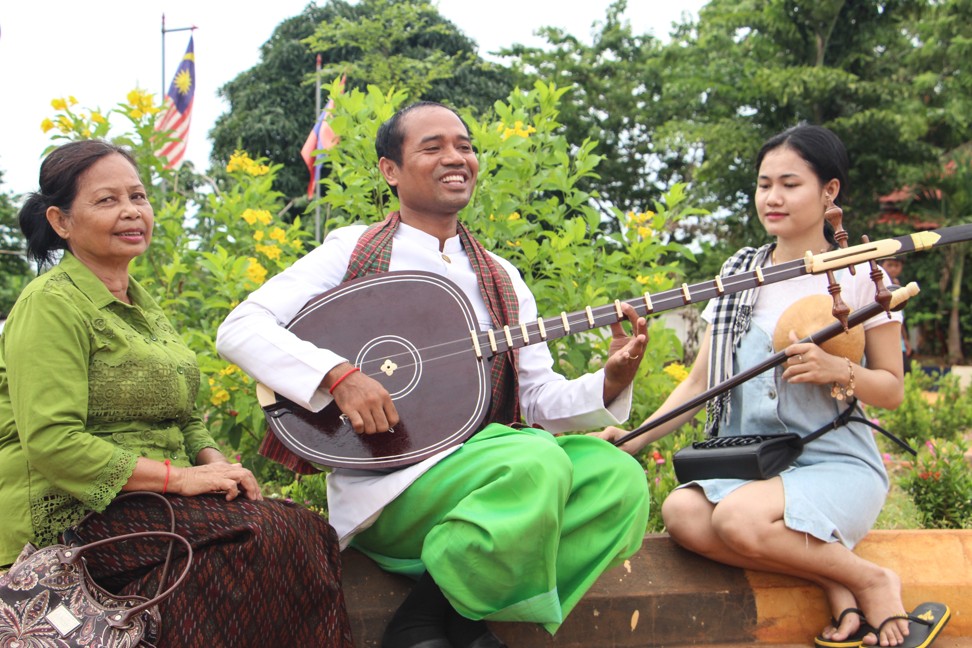
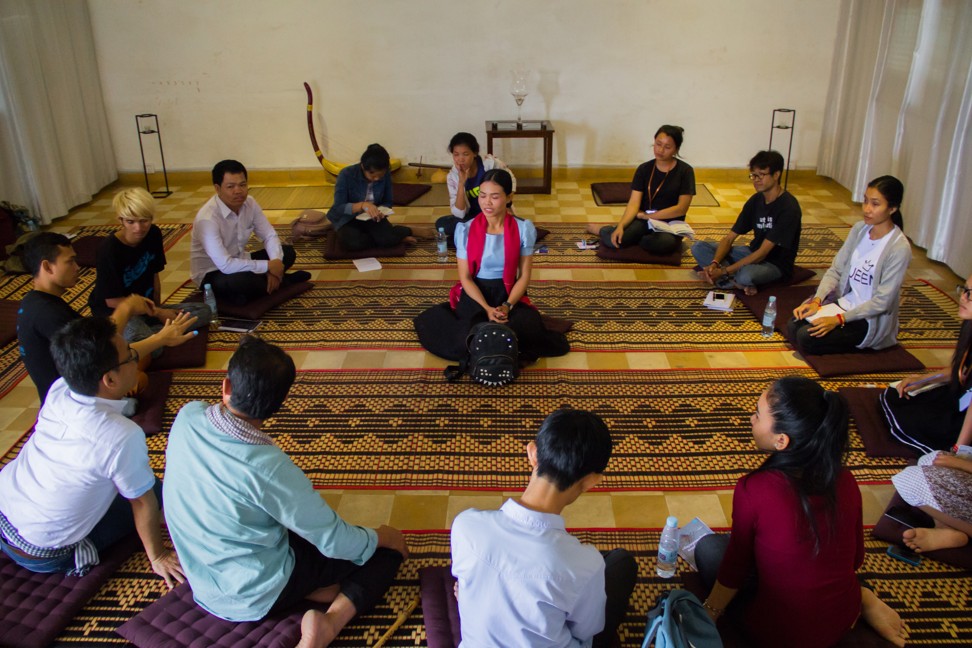
Other mediums, such as classical ballet (apsara), folk dance and opera, were also taught as part of the huge effort to revive the traditional arts.
“Not many people realise arts and culture play an important role in the development of society,” says So Phina, CLA’s knowledge, networks and policy programme manager.
“Many people take it for granted; they enjoy it but don’t think deeper than that. They don’t see the value it has in community development or highlighting changes in society. The arts can be used to address environmental issues, for social justice, education and peace-building.”
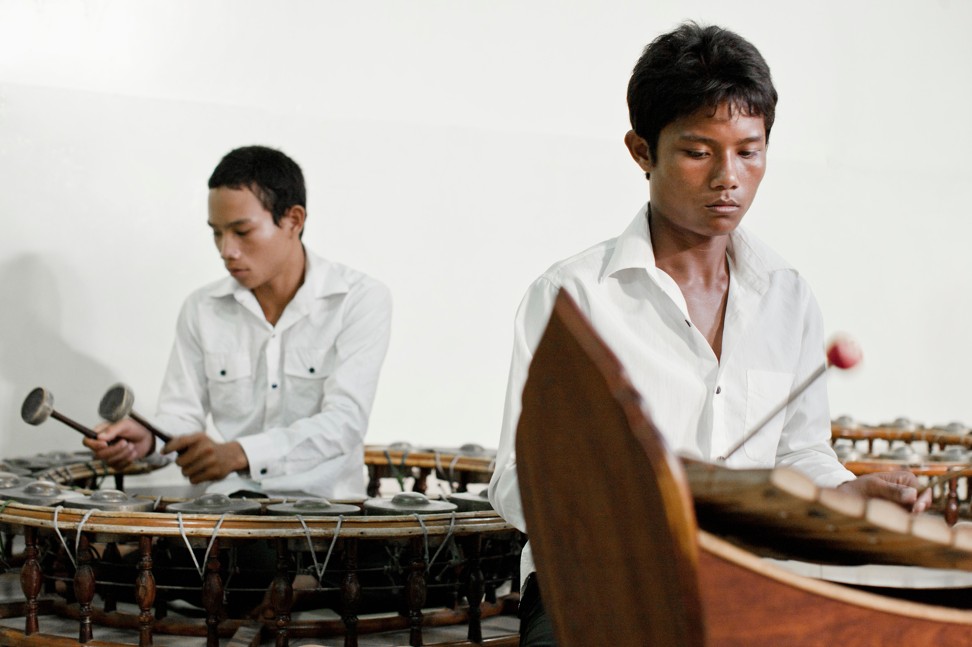
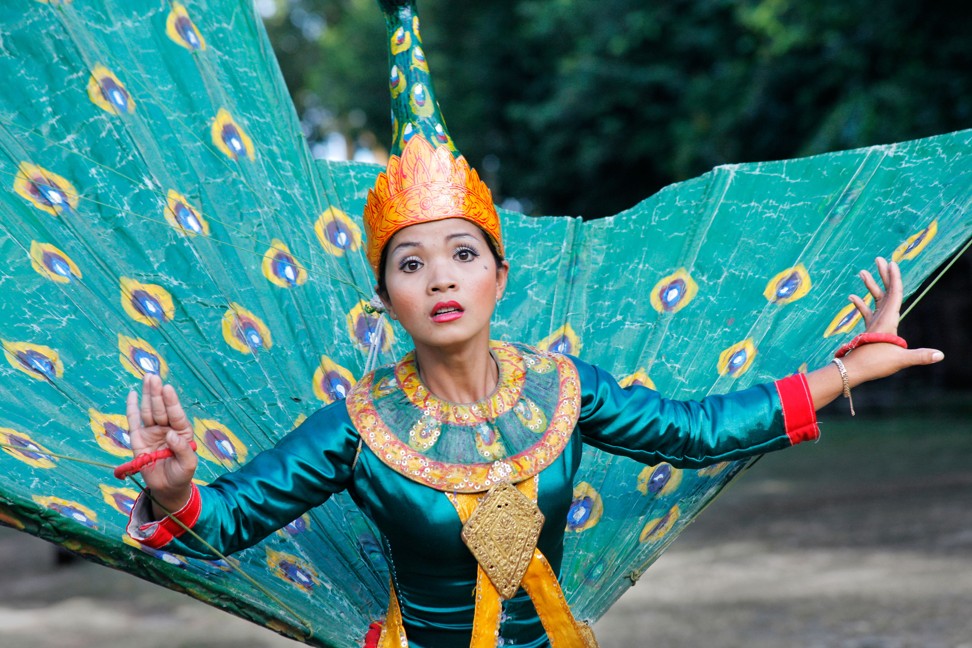
In November, CLA will host the Arts4Peace Festival, the largest post-war celebration of the country’s rich arts scene. It will mark 40 years since the ousting of the Khmer Rouge and the 20th year of the group’s groundbreaking work.
Over 10 days, traditional and contemporary performing artists will join forces to showcase the finest in Cambodian music, dance and performance.
“We want to reflect on the 40 years since the end of the regime: what is the state of the arts today and what is its value?” says Jean-Baptiste Phou, CLA’s head of creative programmes. “The festival will feature the work of different generations of people and the work carried out to revive, preserve and develop the arts.”

Events will include an exhibition of “Unsung Heroes of Cambodian Culture”, a community concert held by The Khmer Magic Music Bus and Chorn-Pond, and an online programme that features digital exhibitions, blogs by young writers and a large quantity of archive material.
Previously commissioned pieces of work will be revived, including a stage performance of the traditional 18th-century love story Mak Theung, and revered master musician and composer Him Sophy’s opera Where Elephants Weep.
Contemporary works will also feature, with all-female troupe Medha performing The Call for the first time in Phnom Penh. The troupe is pushing boundaries as the country’s first female ensemble to play the skor chhayam, or long-drum – an instrument traditionally reserved for men.
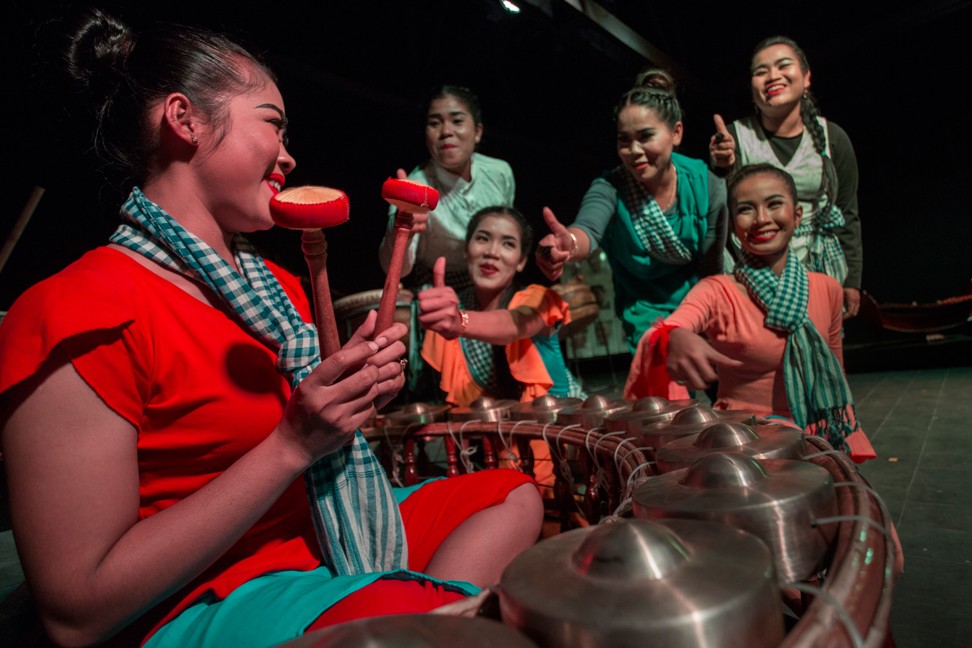
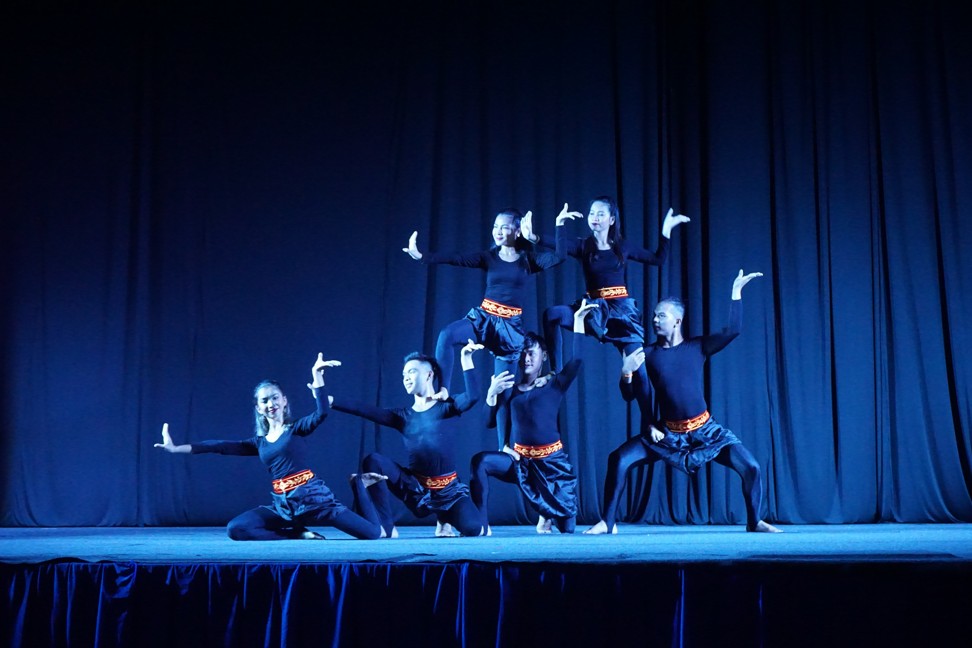
The event will culminate with the Cambodian premiere of Bangsokol: A Requiem for Cambodia, a critically acclaimed CLA multidisciplinary production by Oscar-nominated film director Rithy Panh and Him that has already toured Australia, the US and France.
The groundbreaking production seamlessly melds traditional Cambodian music with Western requiem and elements from bangsokol – the ceremony that accompanies Buddhist funeral rites. It features a score by Him performed by a six-piece ensemble of traditional Cambodian instrumentalists, a Western orchestra, vocalists Him Savy and Chhorn Sam Ath, and a chamber choir.
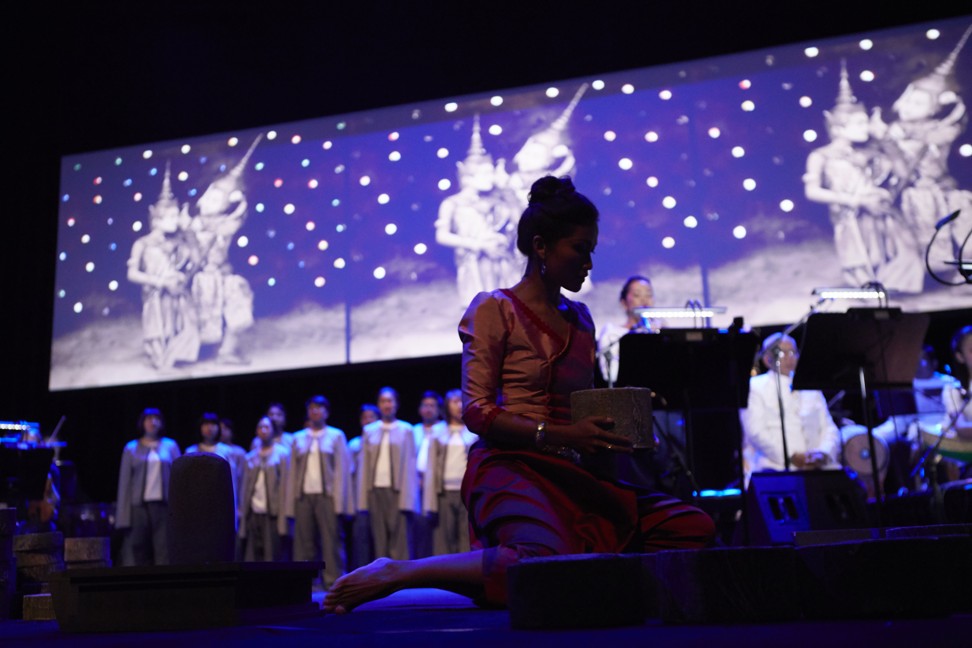
The music is played to a backdrop of Panh’s film projections, which fuse rare archive footage from the Khmer Rouge era with surreal imagery. Stage performances are carried out by Chumvan Sodhachivy, a famed CLA classical and contemporary Cambodian dancer also known as Belle.
“For me to know this will be performed across the world makes it universal. It has a message,” says Chorn-Pond on the production’s global tour and impact. “This means the deaths of my little brother and sister, and the millions of others, weren’t in vain.”
Arts4Peace, which will be held at various venues across Phnom Penh, also aims to explore the role that the arts play in shaping society. This includes a series of inspirational talks featuring three generations of artists and cultural practitioners talking about their lives and how they use the arts to transform and make positive changes in their communities.
The younger generation doing something new doesn’t mean they are cutting away from tradition … They try to tell a story in a new way that shapes how they see society
There will also be workshops and an unsung heroes programme, which will see a panel of judges visit provinces in search of those who have dedicated their lives to the arts.
“Now, what we really try to do with Cambodian Living Arts is help people understand the value of art in society, especially for the next generation,” Phou says. “This isn’t just making sure knowledge is passed onto the next generation, because that’s what our mission was 20 years ago. We have moved on to how art can play a role as a form of expression [and be] a window into modern society.”
It has not always been smooth sailing for CLA, So says, explaining that some master artists fear younger generations are abandoning tradition. She argues, however, that younger artists are merely exploring the world around them in new ways.
“The younger generation doing something new doesn’t mean they are cutting away from tradition,” she says. “I also don’t think they steer too far from the roots of traditional arts. They try to tell a story in a new way that shapes how they see society. They want to tell people something about themselves and what is surrounding them. Their life, dreams and hopes; that’s what art should be.”

The Arts4Peace Festival runs from November 14 to 24. Festival organisers have teamed up with Rosewood Phnom Penh to offer special packages for the event. For more information, visit cambodianlivingarts.org/arts4peace